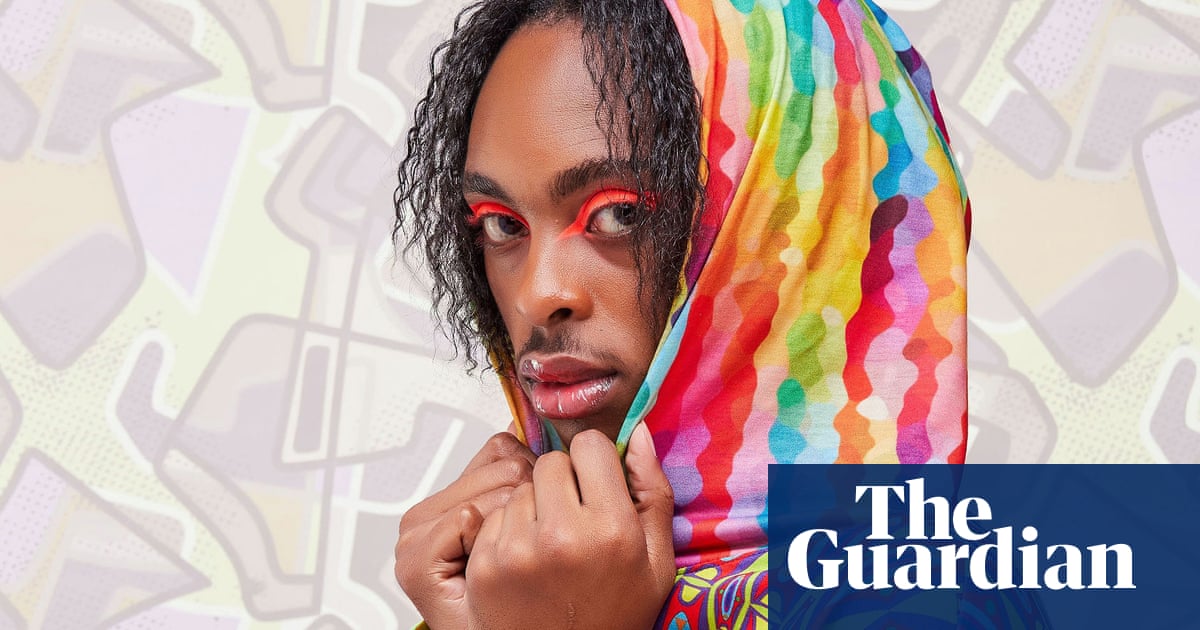‘People should be who they are’: Kenyans embrace genderless fashion - 3 minutes read

LGBTQ+ activist Chris “Makena Njeri” Muriithi, CEO of Bold Network Africa, which describes itself as a queer storytelling platform, says that fashion needs to be more inclusive. “For the longest time, I had to go to the men’s section to even buy a shirt,” says Muriithi, who is non-binary.
“I was bullied on social media for how I used to dress just because it did not conform with what society has shown people to be the norm,” says Muriithi.
“The clothing that’s available on the market assumes a very binary world,” says Wandia Gichuru, CEO of Vivo. Many businesses are hesitant to take a stand on sexual and gender inclusivity for fear of losing custom, she says. But times are changing, she adds, and businesses have room to take more risk.
Zoya targets a younger, daring and less apologetic demographic, which Gichuru believes leans more towards inclusivity and self-expression than previous generations. “The younger generation is more values-driven than my generation was,” she says, pointing to the growing interest in locally made and environmentally sustainable products. “Being exclusive or outrightly prejudiced might hurt you in the long run.”
Ashton Laurence, 23, who modelled the new line, says traditional binaries stifle creativity. “Growing up, I was very bored seeing how men would dress for red carpets on TV. It would be the same thing – black tux, white shirt – and yet women would have so many different [clothing] expressions.”
Kenya’s queer community has been increasingly visible over the past few years, after a number of prominent Kenyans came out publicly. Celebrities such as Willis Chimano of Afropop band Sauti Sol, challenge traditional gender dressing with crop tops, low V-necks, bare backs and bodysuits. Popular lifestyle YouTuber Jayson Wamae also embraces fashion fluidity, dressing in anything from sheer tops and silk jumpsuits to neck scarves.
But LGBTQ+ people face systemic discrimination and violence in Kenya, and gender non-conforming people face heightened threats. In April, a 25-year-old non-binary lesbian was murdered in a suspected hate crime. The following month, a 50-year-old intersex person was raped and killed. Figures by the National Gay and Lesbian Human Rights Commission suggest that these are not isolated incidents.
Laurence faces harassment daily but does not shy away from growing out his hair, wearing eyeliner and mesh vests. It is an ode to his younger self, who he describes as a feminine boy.
“Guys should be able to rock hot pink and not be questioned about what their sexual preferences are,” says Laurence. The Zoya X Bold collection experiments with fabrics often associated with women, such as silk, in its designs. “That kind of visibility in fashion is changing the game,” he says.
“There is still very little visibility for those people that do not conform to the dominant gender,” says Letoya Johnstone, a transgender fashion icon, who has worked in the industry for nearly a decade. When she started, designers wouldn’t cast her as a model.
If there were more genderless fashion lines, Johnstone says the start to her career might have been easier. “I wouldn’t have had to make so much enmity, as I was kicking doors down.”
“Genderless fashion is not always put in the context of other people who are not cisgender,” says Johnstone, who has been attacked for the way she dresses. “It is easier for a woman to dress like a man, but would be much harder for a transgender woman,” she says. “The police don’t know about gender fluidity in fashion.”
Source: The Guardian
Powered by NewsAPI.org